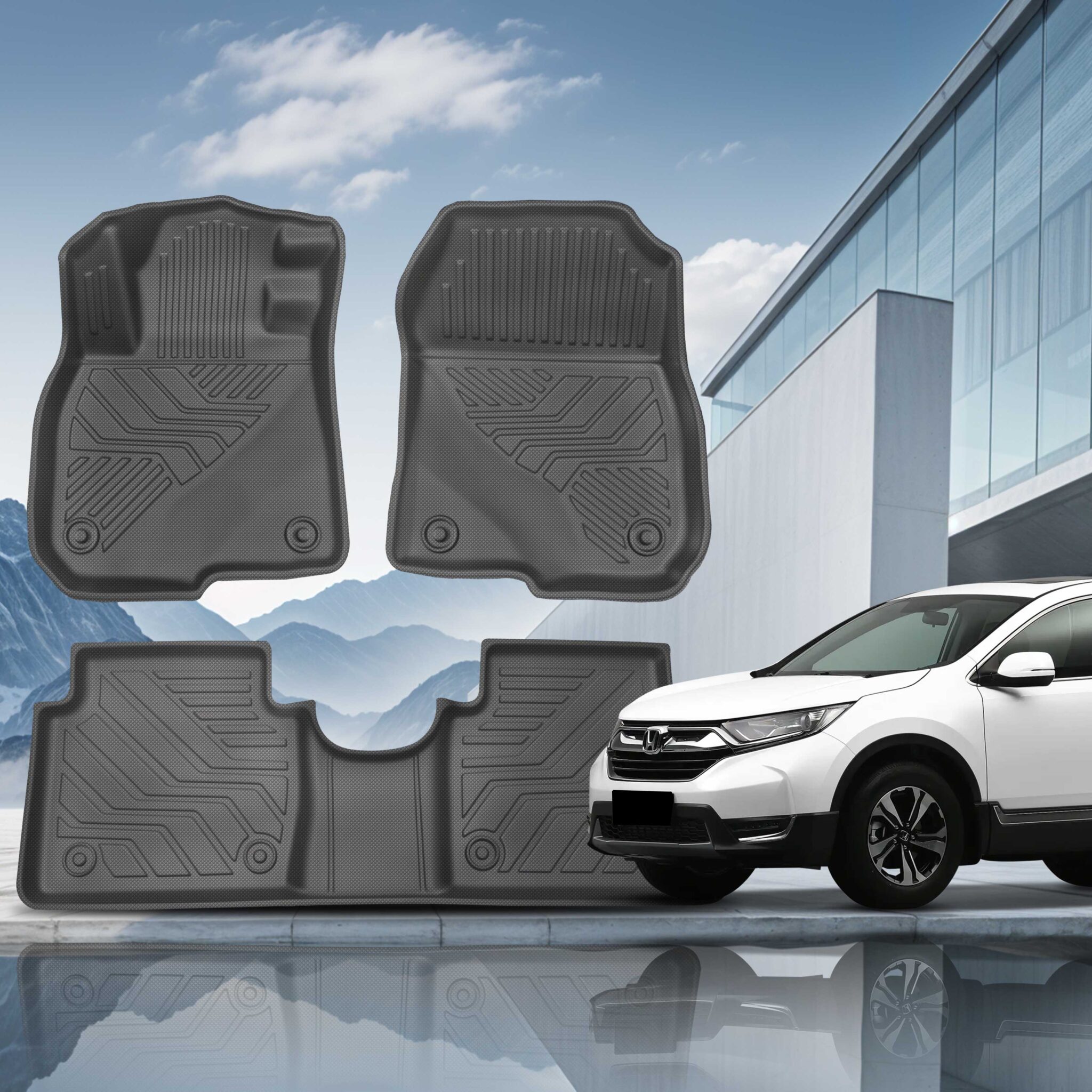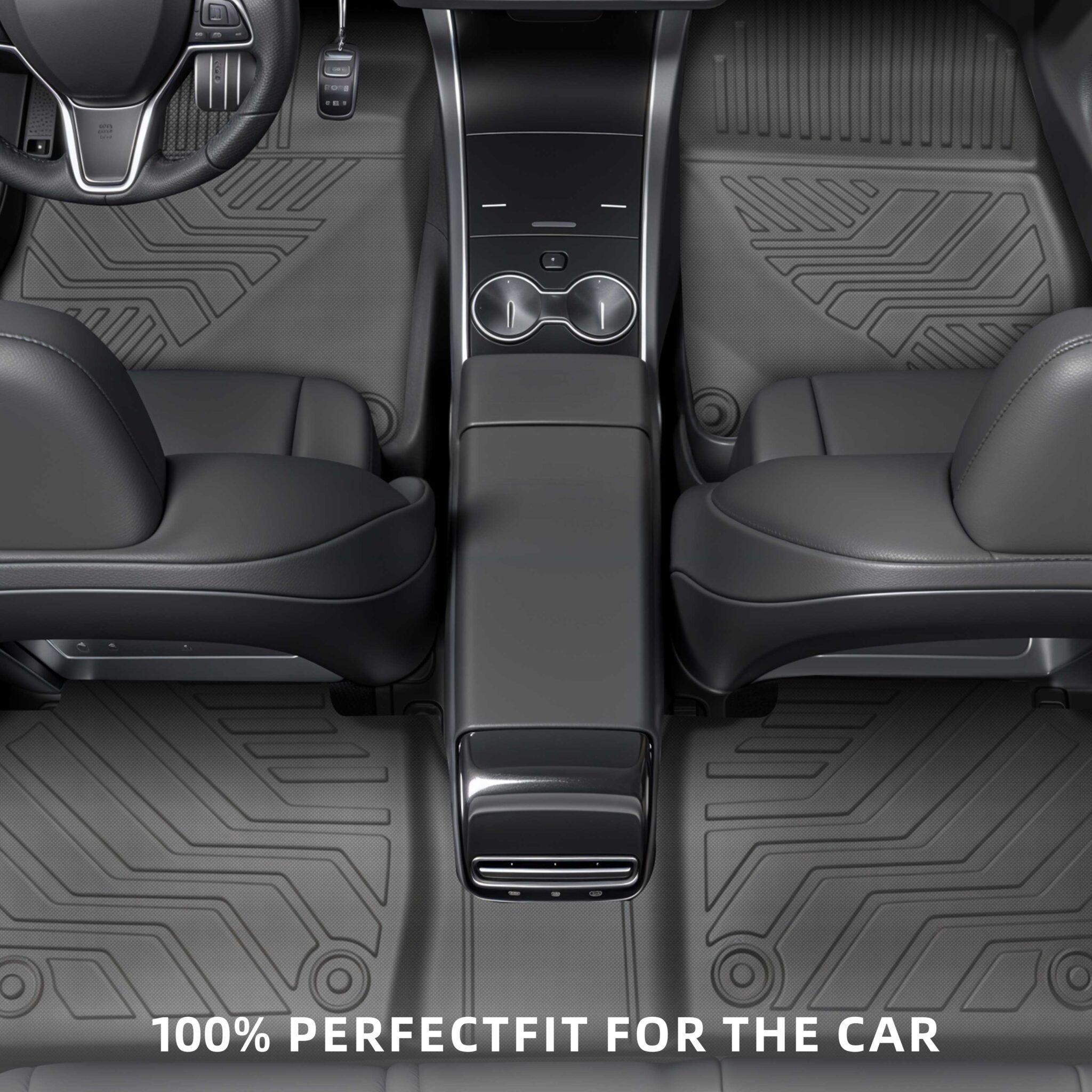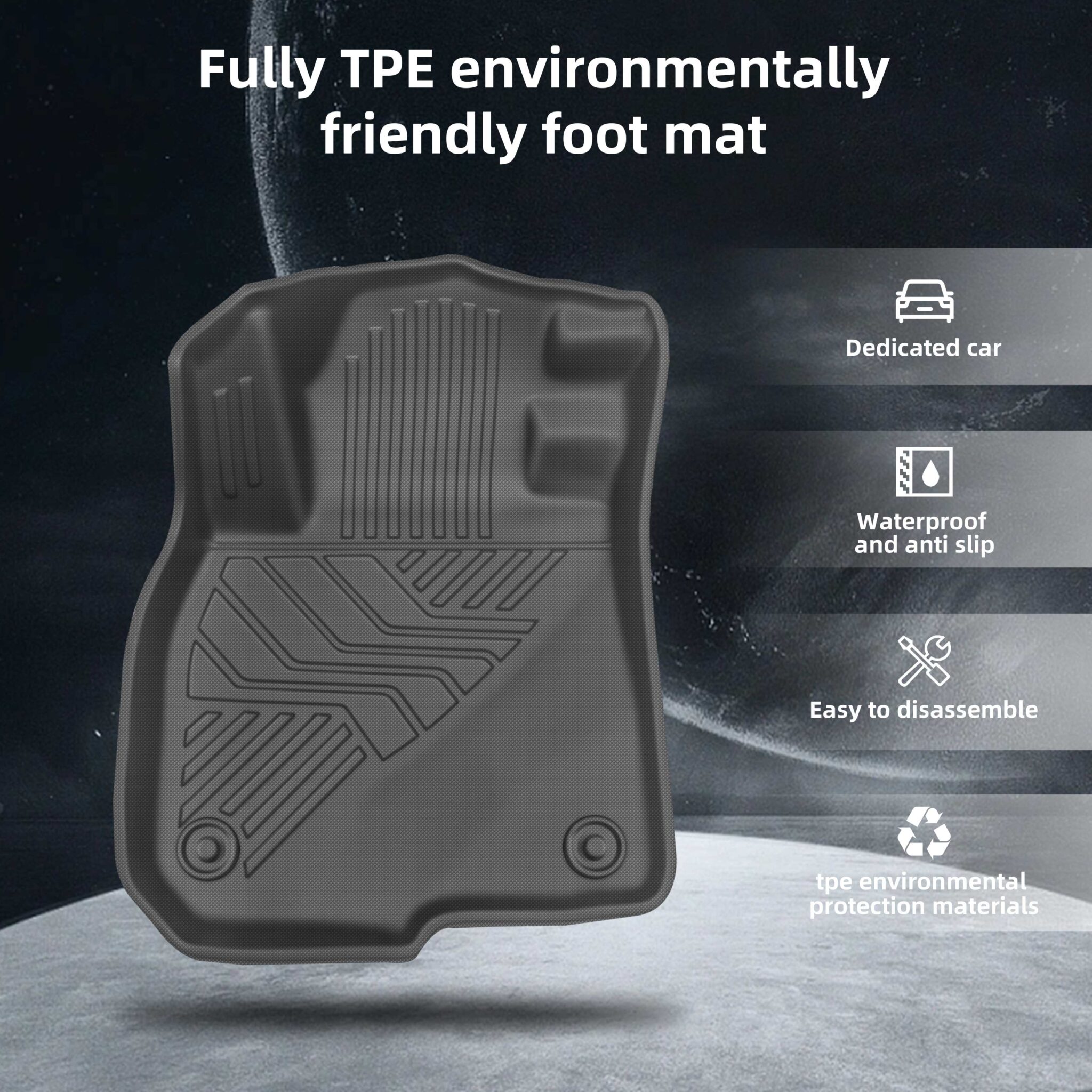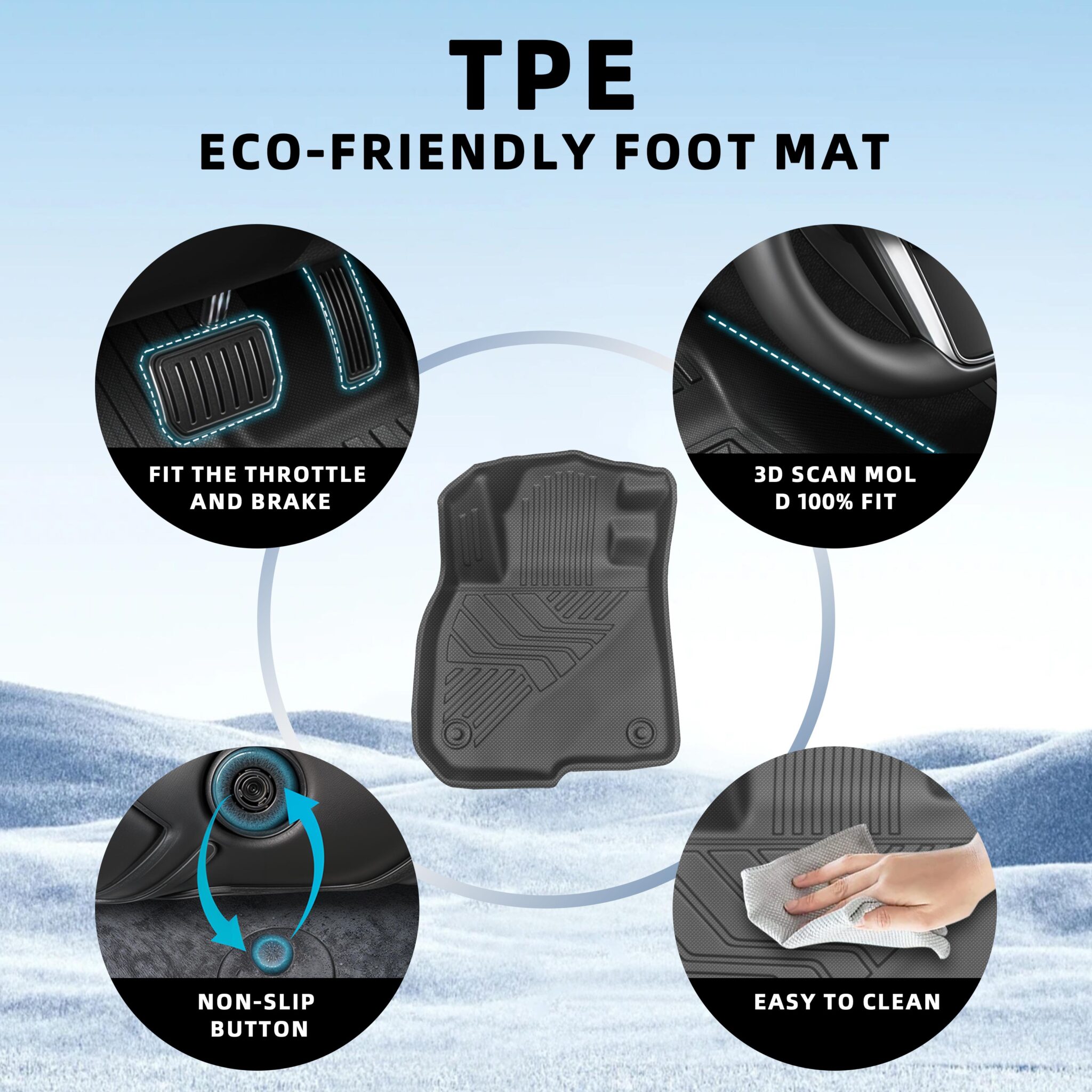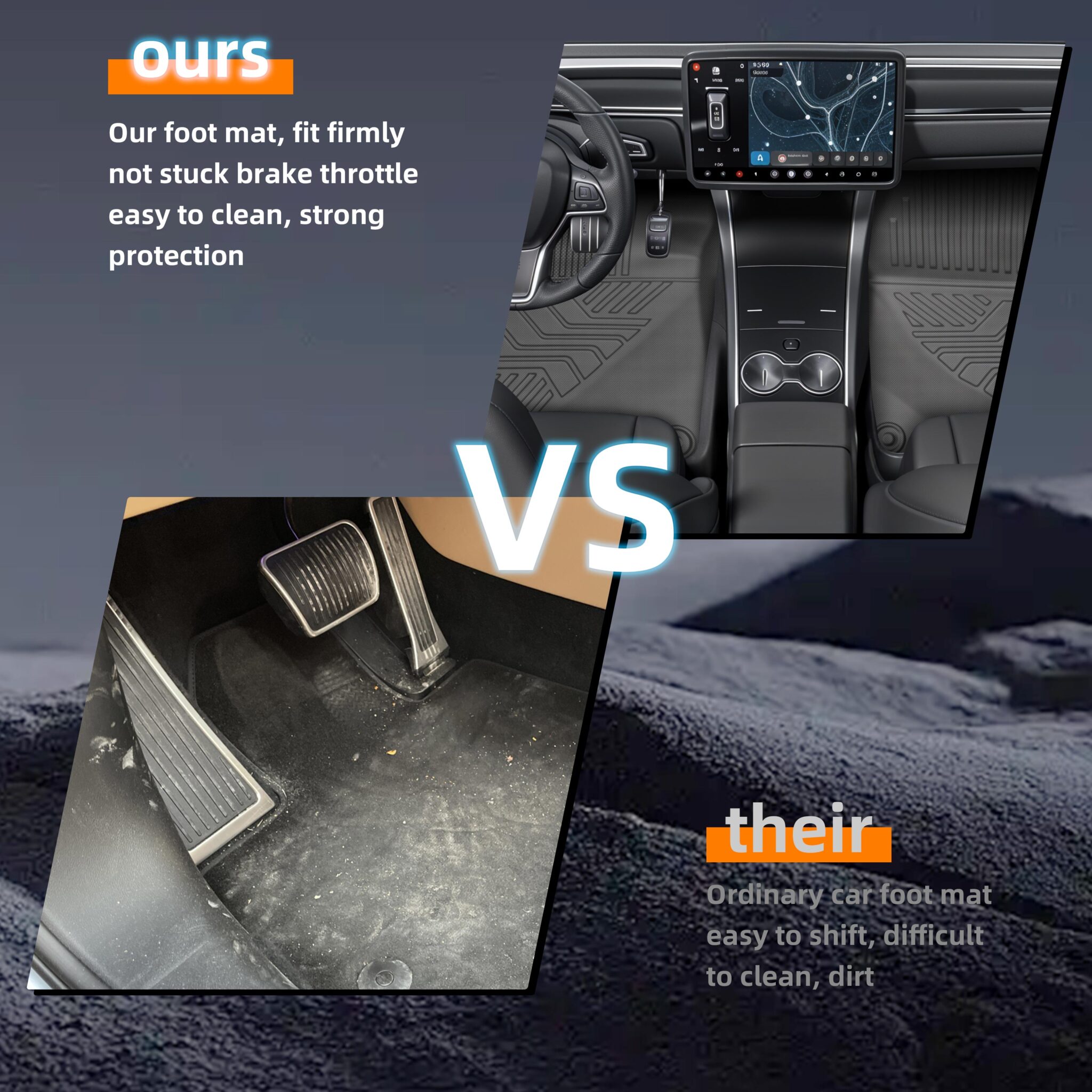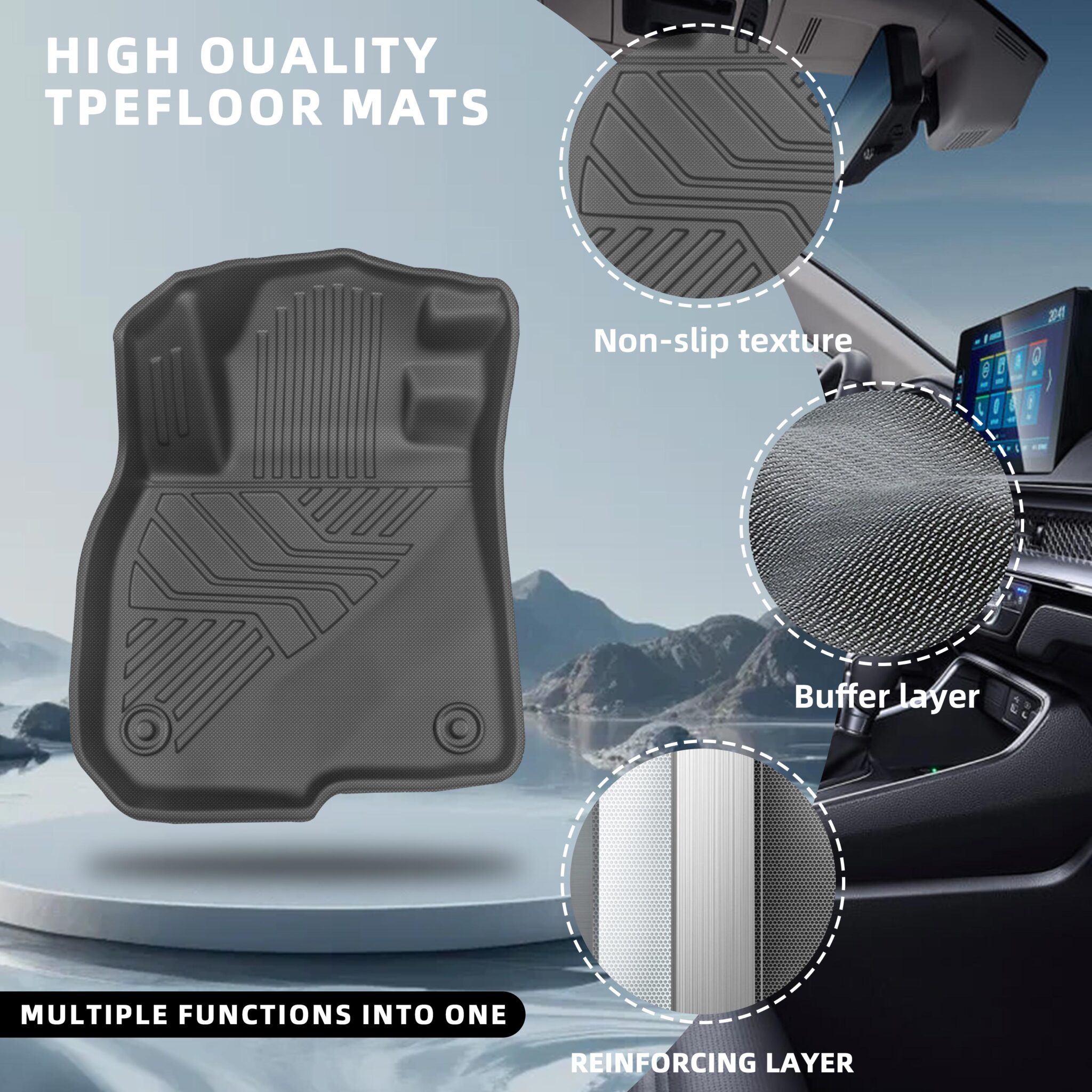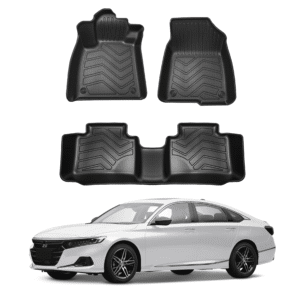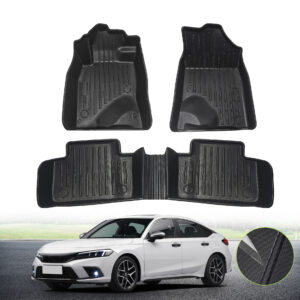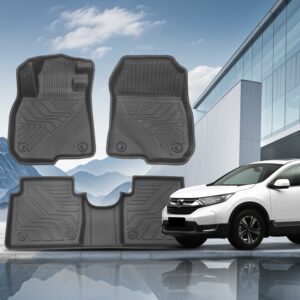Evolution of the Honda CR-V: Key Changes from 2017 to 2022
The Honda CR-V, a cornerstone of Honda’s SUV lineup, has undergone significant transformations from 2017 to 2022, reflecting the brand’s dedication to meet evolving consumer expectations and industry standards. In 2017, the CR-V received a major redesign that introduced a more aggressive exterior aesthetic, characterized by sharper lines and a bolder front grille. This new design also enhanced aerodynamics, contributing not only to its sporty appearance but also improving fuel efficiency.
Under the hood, the 2017 model marked a shift from naturally aspirated engines to turbocharged options, providing drivers with better power delivery without compromising fuel economy. This innovation laid the groundwork for subsequent models, as Honda refined the engine performance in later years, including the introduction of a hybrid variant in 2020, allowing environmentally conscious consumers more choices and showcasing Honda’s commitment to sustainability.
As for interior enhancements, each model year witnessed notable improvements in technology and comfort. The 2018 version saw the inclusion of advanced infotainment systems, which featured a more user-friendly interface and integration with both Apple CarPlay and Android Auto. By 2019, additional safety features were standardized, bolstering Honda Sensing technology across all trims. This proactive approach culminated in 2021 when Honda introduced more standard driver-assistance features, ensuring that safety remained a paramount concern for the CR-V lineup.
The evolution of the Honda CR-V from 2017 to 2022 encapsulates its adaptability to market demands, from enhanced design elements to advanced safety measures and technology integrations. The focus on innovation underlines Honda’s commitment to delivering a reliable, comfortable, and high-performing compact SUV, which continues to resonate well with consumers in an increasingly competitive segment.
Pros and Cons of the Honda CR-V (2017-2022)
The Honda CR-V models released between 2017 and 2022 have garnered a considerable amount of attention from consumers and industry experts alike. In evaluating the pros and cons of these vehicles, potential buyers can make informed decisions that align with their specific needs and preferences.
One of the standout advantages of the Honda CR-V is its exceptional fuel efficiency. Many owners have praised the turbocharged 1.5-liter engine option, highlighting its ability to achieve impressive miles per gallon (MPG) ratings, making it a strong contender in the compact SUV class. Additionally, the spacious interior of the CR-V is often cited as a major benefit, as it comfortably accommodates families and passengers with ample legroom and cargo space. This practicality appeals to many buyers seeking a versatile vehicle for daily commutes or weekend getaways.
Reliability is another significant pro associated with the Honda CR-V. Honda’s reputation for manufacturing durable and long-lasting vehicles translates to high resale value, which many owners have experienced firsthand. The brand’s commitment to quality instills confidence in prospective buyers, ensuring a positive ownership experience over the vehicle’s lifespan.
On the downside, some users have reported variability in engine performance, especially when accelerating from a stop. This can impact the overall driving experience, particularly when merging onto highways. Additionally, while the infotainment system in the CR-V is equipped with modern features, users have occasionally found it to be unintuitive or slow to respond, leading to frustration during operation. Furthermore, ride comfort can differ among various models and trim levels, with some drivers noting that certain configurations may feel slightly stiffer than expected.
In summary, potential buyers of the Honda CR-V from 2017 to 2022 should consider their personal priorities when evaluating these strengths and weaknesses. For those who prioritize fuel efficiency, spaciousness, and reliability, the CR-V emerges as a noteworthy option. Yet, individuals who are more concerned about performance and infotainment usability may wish to test drive the model to gauge their comfort with these aspects. Ultimately, a thorough assessment will yield the best choice tailored to unique lifestyle requirements.

